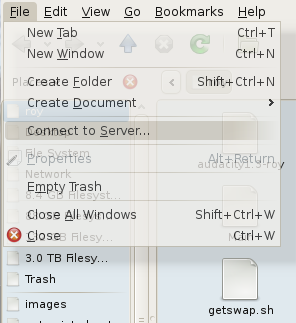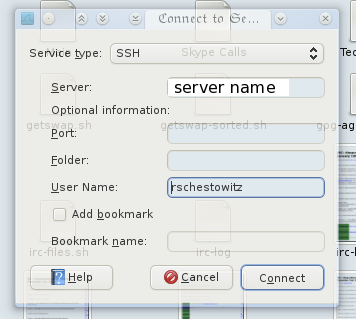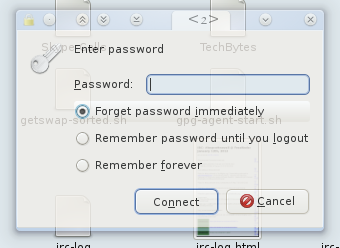TNT Sucks

 NT is not so well known as a courier. Maybe it’s better that way. Nobody should ever use TNT as a courier. Their service is poor and they charge a lot for this very poor service.
NT is not so well known as a courier. Maybe it’s better that way. Nobody should ever use TNT as a courier. Their service is poor and they charge a lot for this very poor service.
Context of our 4-hour experience with TNT is as follows. After my wife had spent an entire morning trying to get TNT to get their collective behinds together I fired off the following polite message (at lunchtime):
I am writing on behalf of my wife, who wasted about 4 hours today trying to get your service to import a document, all in vain (the service was very unsatisfactory). When she used the E-mail address you gave her it bounced back with an error (see below). So I am attempting to send it from my own account. Please phone her to acknowledge receipt of this message with this form.
This is an URGENT MATTER.
Regards,
Dr. Roy S. Schestowitz
Attached was the completed form, already nicely scanned and ready for action from TNT (where immediate service should be critical given their target customers).
Here is my wife’s original message:
To whom it may concern
I am not a client of TNT yet. Here is the information needed for me to do any transaction with the above courier.
No response all day. In fact, it bounced although it was sent to the correct address. The error received was as follows:
Reporting-MTA: dns;GBAHES628.ics.express.tnt
…
Action: failed
Status: 5.1.1
Diagnostic-Code: X-Notes;… not
listed in Domino Directory
After wasting an entire day losing valuable time and suffering a bit of fury and anger (directed only at TNT) we decided to throw TNT where it belongs, or rather, throw some TNT at TNT:
My wife and I would like to cancel this transacting. Your service has been utterly appalling and the excuses very poor. Your staff is unable to communicate internally, so the explanation needed to be provided 5 times. The E-mail to your address, which you provided repeatedly, bounced back to the sender with the following message from IBM Domino (it had been sent from Yahoo!, which is no ISP/relay that should be blacklisted).
So, after forms and details had been prepared for hours this proved to be an exercise in futility. 5 times in recent months we used DHL and never have we had to jumped through such hoops and receive deficient service. TNT said they would call when the order is received, but no contact was made. In fact, rather than the customer coming first it seemed assured that we were way down the list because we are no Big Business which makes up a large source of revenue for TNT. Keeping the customers waiting in vain is worse than doing nothing at all. We will never do business with TNT again and we shall discourage others who ponder doing so.
Regards,
Dr. Roy S. Schestowitz
If this post harms TNT’s reputation, then we are happy, not sorry. TNT deserves this.






 Filed under:
Filed under:  ge 31, 89 KG, after a one-hour workout session, all natural (no supplements). This video was taken just a couple of hours ago despite the fact I had done a heavy workout beforehand. In the future I will do more repetitions, not just 4-5. In my early 20s I could do better, but on the shoulder press I struggled a little at maximum weight.
ge 31, 89 KG, after a one-hour workout session, all natural (no supplements). This video was taken just a couple of hours ago despite the fact I had done a heavy workout beforehand. In the future I will do more repetitions, not just 4-5. In my early 20s I could do better, but on the shoulder press I struggled a little at maximum weight.
 ometimes we may wish to allow users, logged in remotely (away from their main workstations) or wishing to connect to another host where essential files are located, to access those files. A convenient way to achieve this without proprietary protocols is SSH in SCP ‘mode’, meaning that OpenSSH is being used to gather information about remote filesystems and pass files across the network upon demand. There is a convenient ways to manage this in UNIXy file managers These are unified by the universal command-line syntax, but the front ends may vary and be based on Qt, GTK, etc. Here is a demonstration of how it is to be achieved in Dolphin (KDE) in order to remotely log in to an SSH-enabled (running
ometimes we may wish to allow users, logged in remotely (away from their main workstations) or wishing to connect to another host where essential files are located, to access those files. A convenient way to achieve this without proprietary protocols is SSH in SCP ‘mode’, meaning that OpenSSH is being used to gather information about remote filesystems and pass files across the network upon demand. There is a convenient ways to manage this in UNIXy file managers These are unified by the universal command-line syntax, but the front ends may vary and be based on Qt, GTK, etc. Here is a demonstration of how it is to be achieved in Dolphin (KDE) in order to remotely log in to an SSH-enabled (running 






